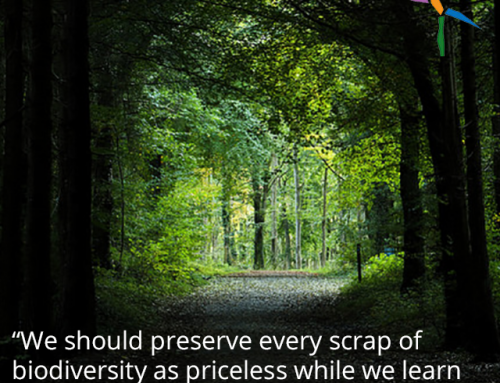Do you love your cosmetics and skin care products? There’s nothing wrong with that! Wanting to be a more responsible postconsumer and more dedicated to being friendlier to the planet doesn’t mean that you need to give up makeup and skin care products. Of course, you do need to decide where your personal line is on how large your cosmetic collection is and how important it is to you that your products be made from sustainable sources. Those are decisions you’ll need to think about, change, and probably re-revise on your postconsumer journey. However, no matter what you decide, there is one change that you can almost certainly make that will help to reduce the carbon footprint of your makeup and skin care. You can be more responsible about recycling the product containers when you’re finished!
Because most cosmetics and a large number of skin care products come in smaller containers that are typically made out of a denser, harder type of plastic that isn’t recycled by most recycling companies, it’s not uncommon to throw cosmetics away when you’re finished with them. But in many cases, that’s not necessary.
Remember, It’s Important to Recycle Cosmetics
It’s actually important to try to recycle your cosmetics for two reasons. Firstly, according to EcoLife.com, the average American woman uses twelve different skin care and cosmetics products daily. Multiply that by over 112 million women (and growing) and you’ll see that there’s a lot of plastic not getting recycled. Secondly, many cosmetic products and personal care products, when simply thrown out, contribute to the chemical contamination of fresh and ocean water. The majority of water treatment plants aren’t going to be able to break down all of the toxins that come from many personal care products.
How to Recycle Your Cosmetic Containers
Of course, the easiest way to reduce your cosmetic carbon footprint is to look for products that include environmentally sound packaging made from postconsumer materials. If your cosmetics company doesn’t do that, though, here are some tips.
See if Your Cosmetic Company Has a Program: Some, usually higher end, personal care companies actually offer not only the ability to bring containers back for recycling but also incentives to do so. MAC, Kiehl’s, Origins and Aveda are just a few. It’s worth an email (or better yet a public post to your favorite brand’s Facebook page) to see if there’s already a program that you can use.
Save Up Those Plastic Caps: Very few recycling programs in America accept plastic caps. You know, the hard plastic caps on the tops of things like shampoo bottles and skin care products. It’s worth a call to your local recycling center, but if they don’t accept hard caps you can save them up and then send them to Caps-n-Cups. Caps-n-Cups partners to create a volume of these more difficult to recycle plastics types and then recycles them!
You Might Be Surprised What You Can Recycle: Before you assume that you can’t recycle your harder plastic cosmetic containers with your regular recycling, do your homework. Many local recycling programs are expanding and finding more and better ways to reduce landfill waste. It’s worth a call or email to your local recycling center to find out what’s available.
Upcycle! Recycling isn’t the only way to reduce waste. In fact, many cosmetics containers may have other uses that you can recycle them into. From larger eye shadow tins to small bottles, you may find that you have needs that could be met with your own cosmetics containers.
Keep It Clean! If you are going to put your cosmetics containers directly into the trash, clean out all of the remainder and be careful how you dispose of it. Just letting more and more cosmetic chemicals make their way into the world probably isn’t the best move.
Beauty is always fun, but a few small, short decisions can make even the more elaborate beauty routine a little more friendly to the planet.
Have another idea on how to recycle cosmetics components? Tell us about it. Comment below or tell us about it on Facebook, Twitter, Pinterest or Instagram.
Photo Credit: The Consumerist via Flickr





